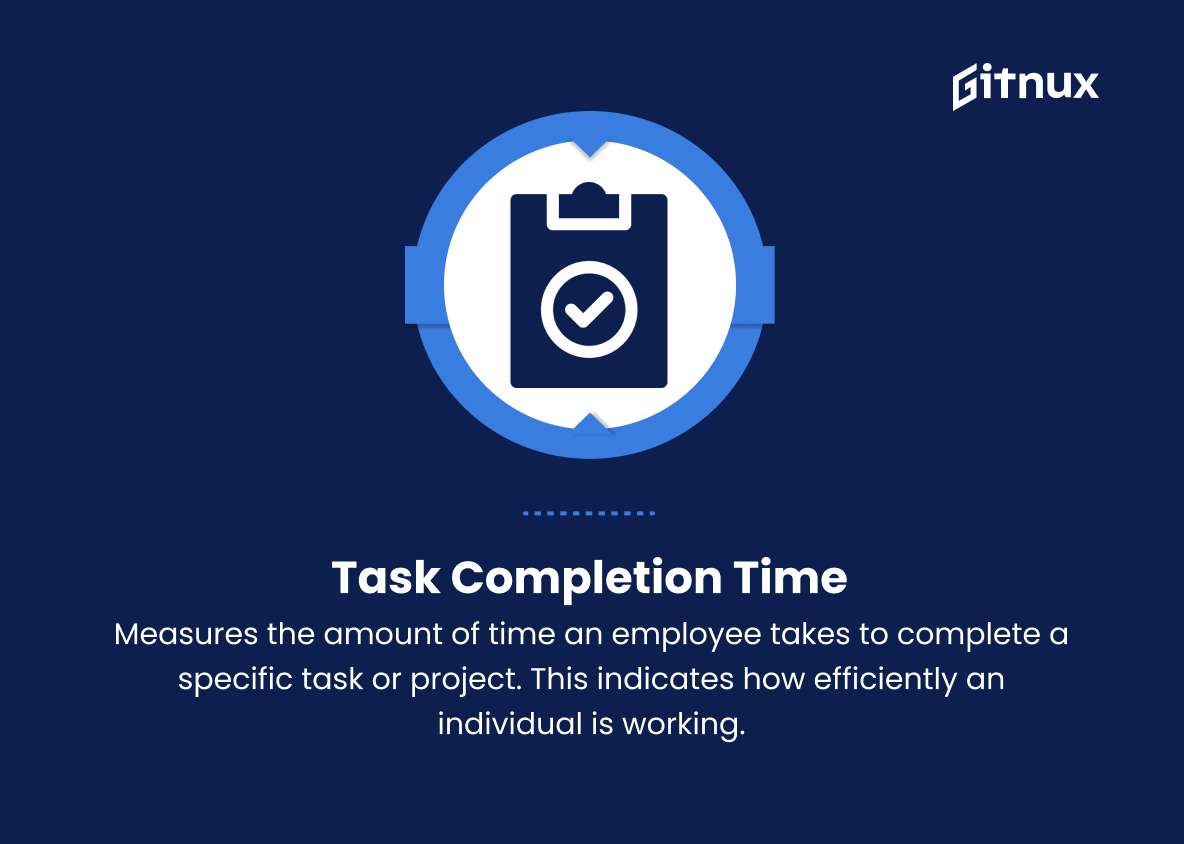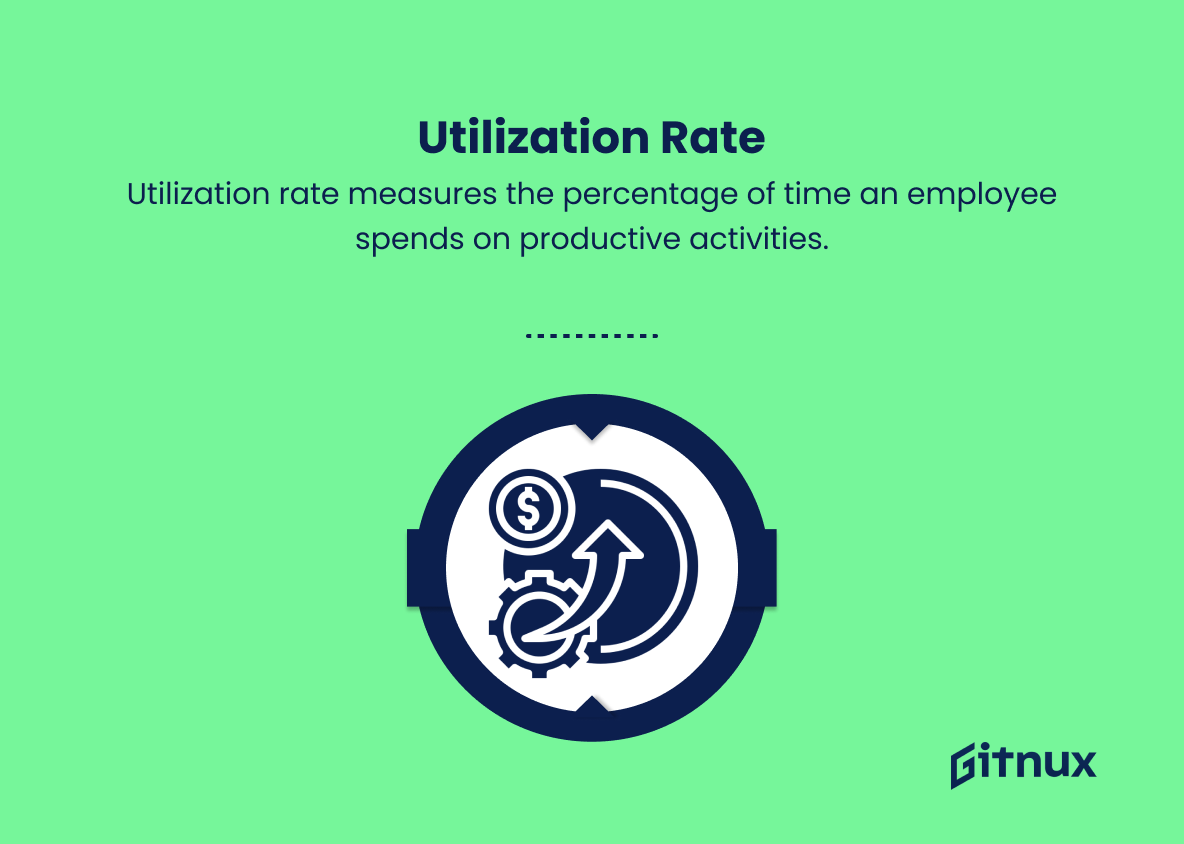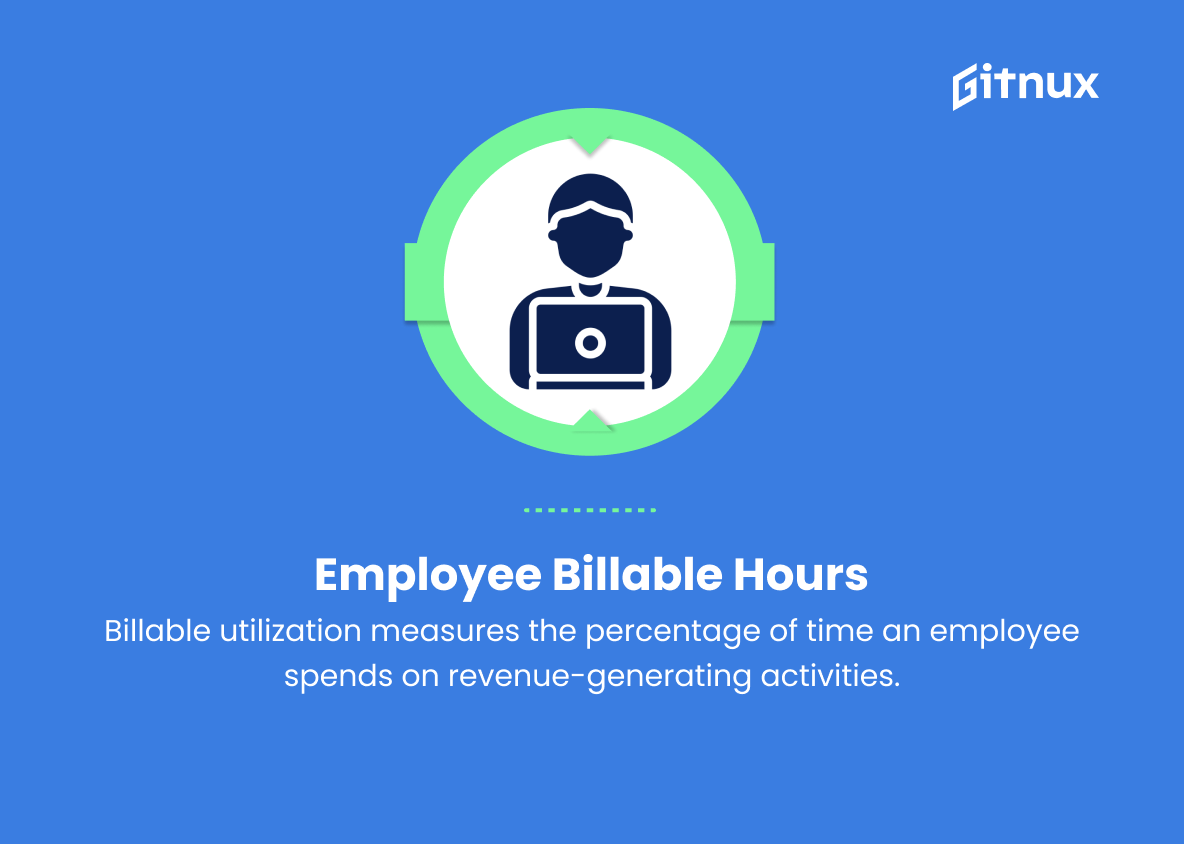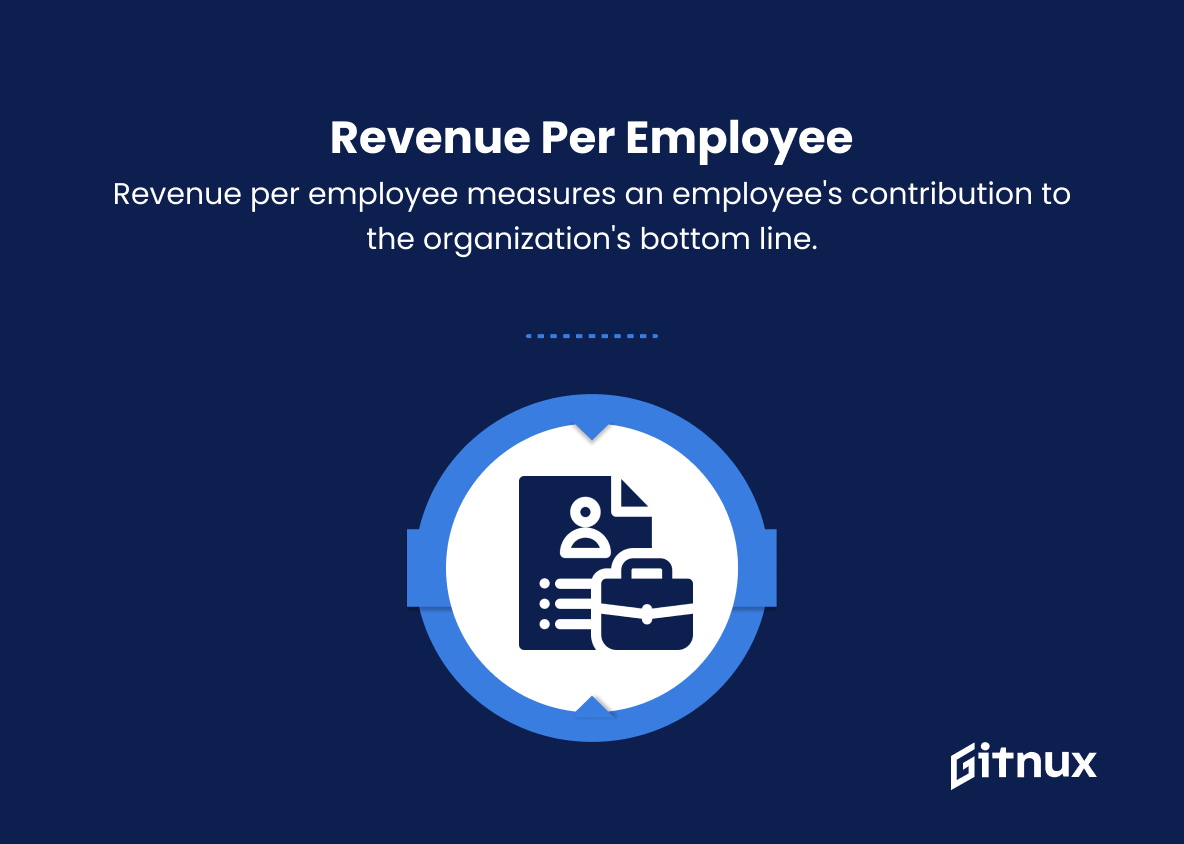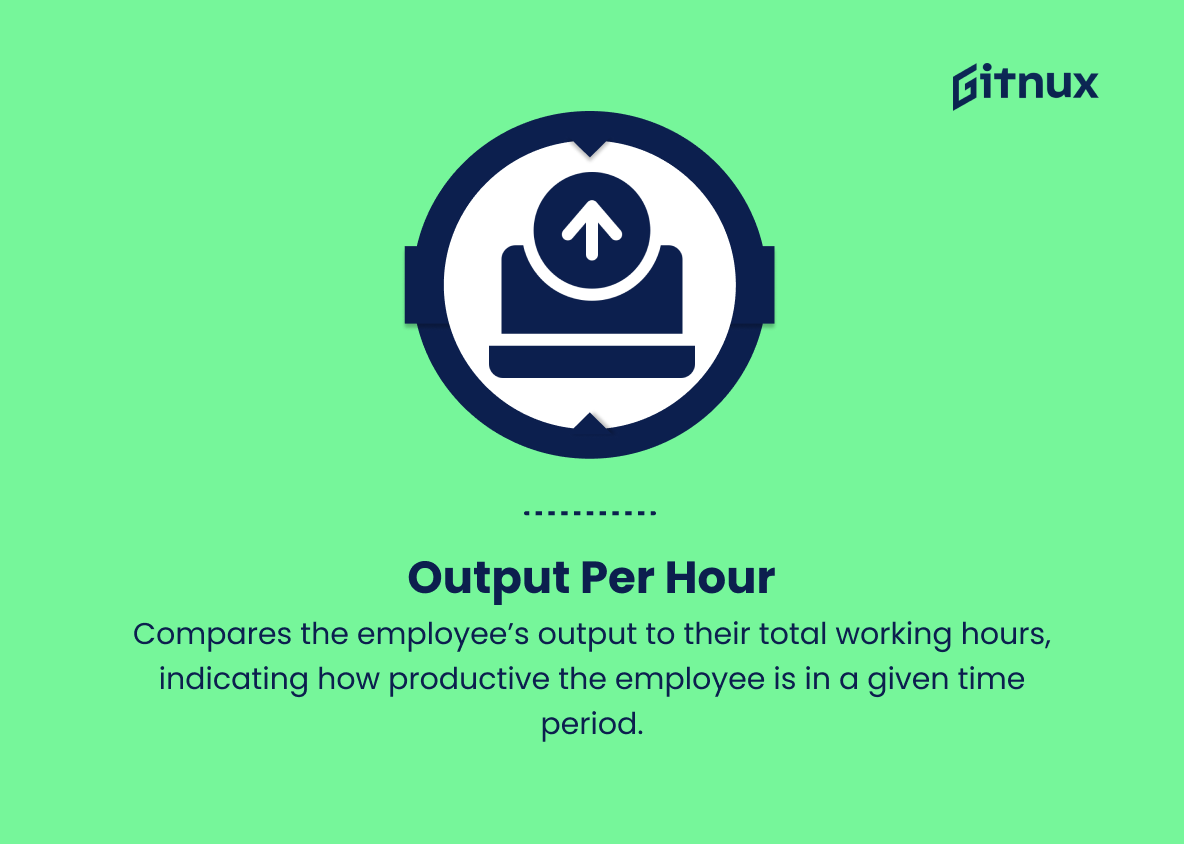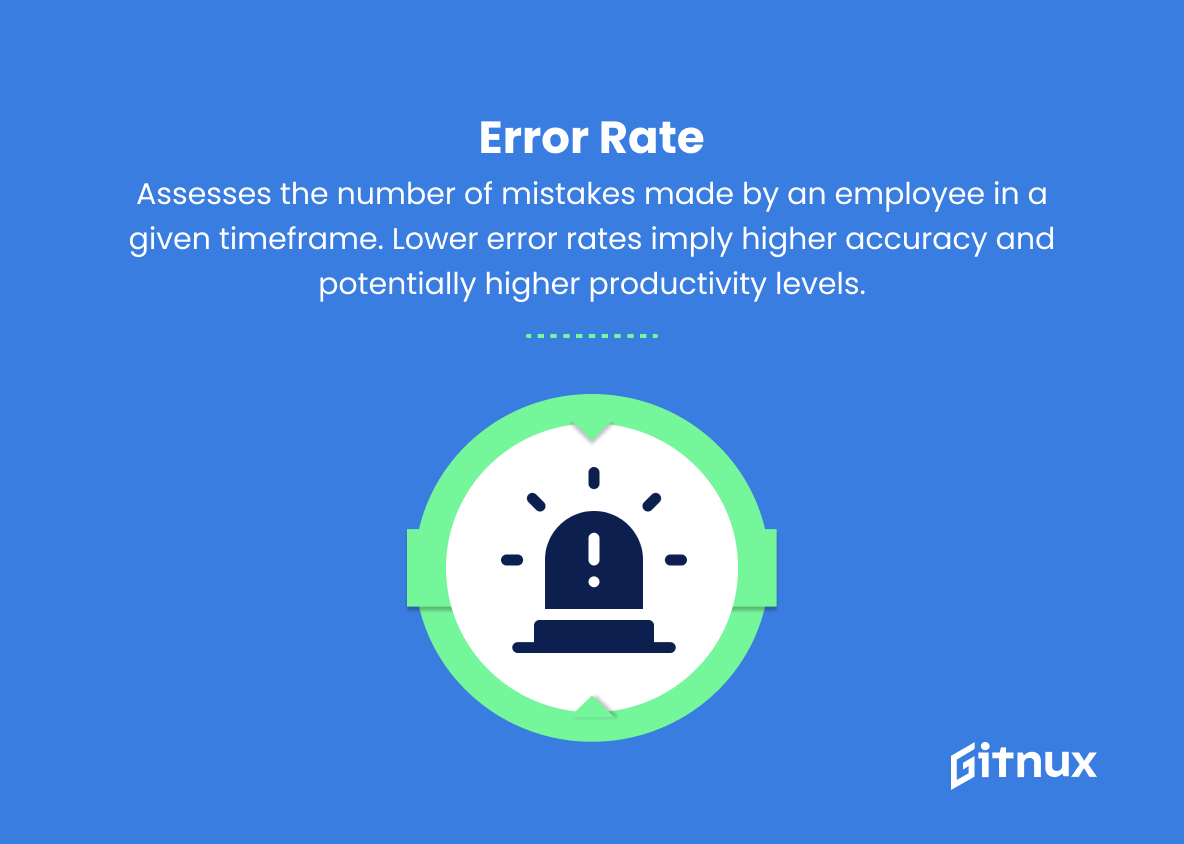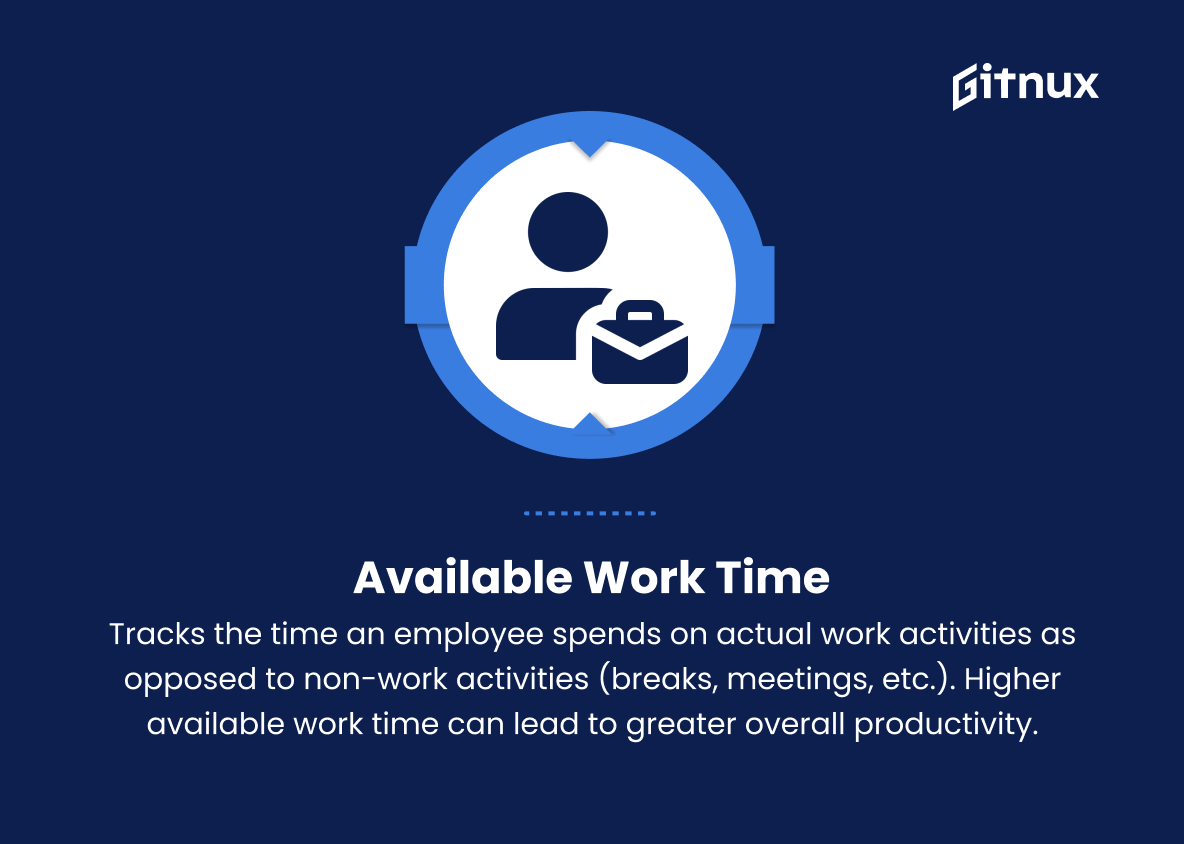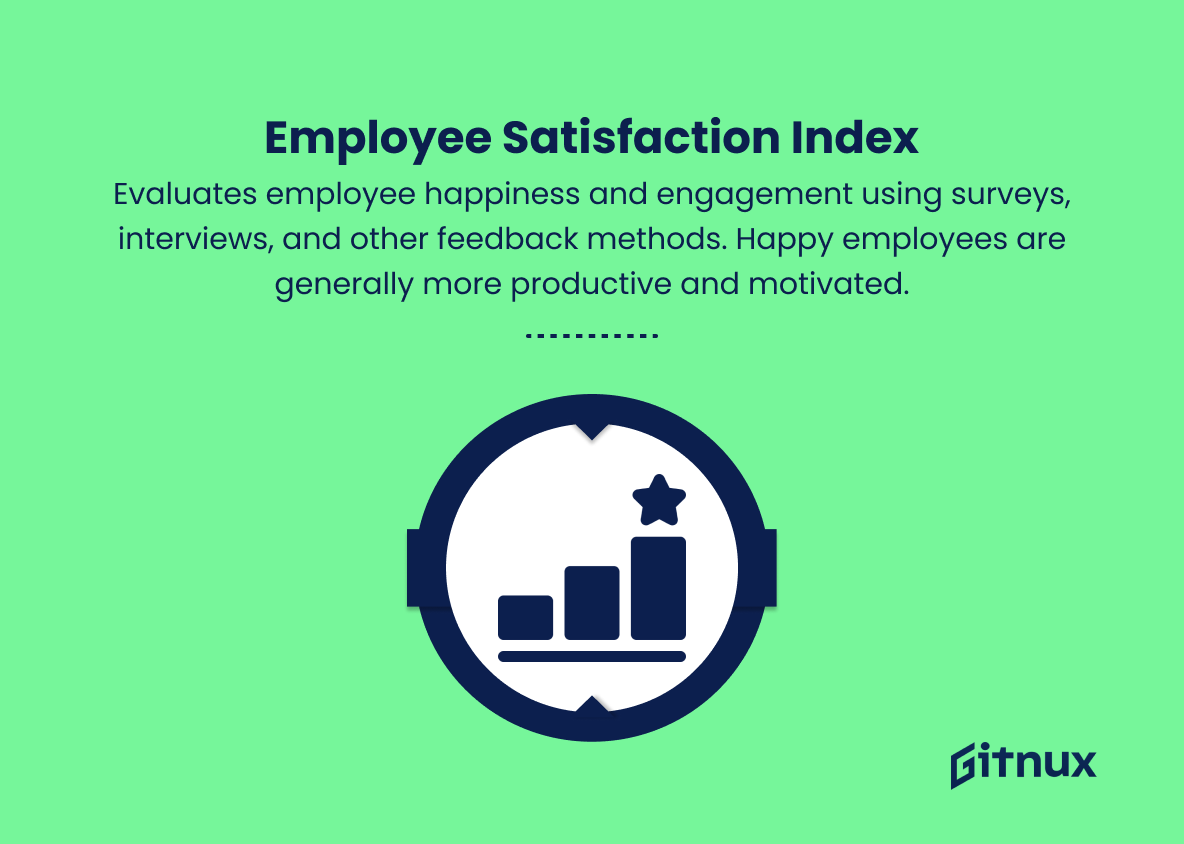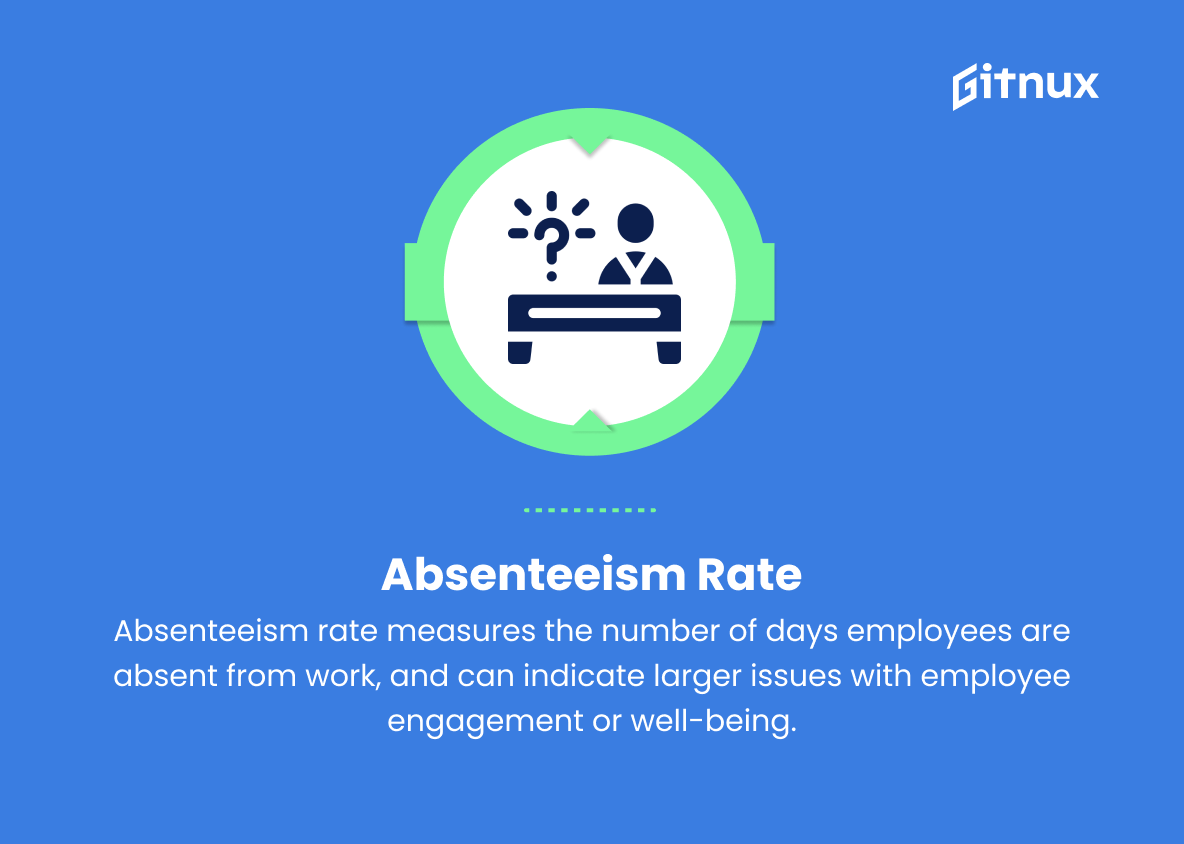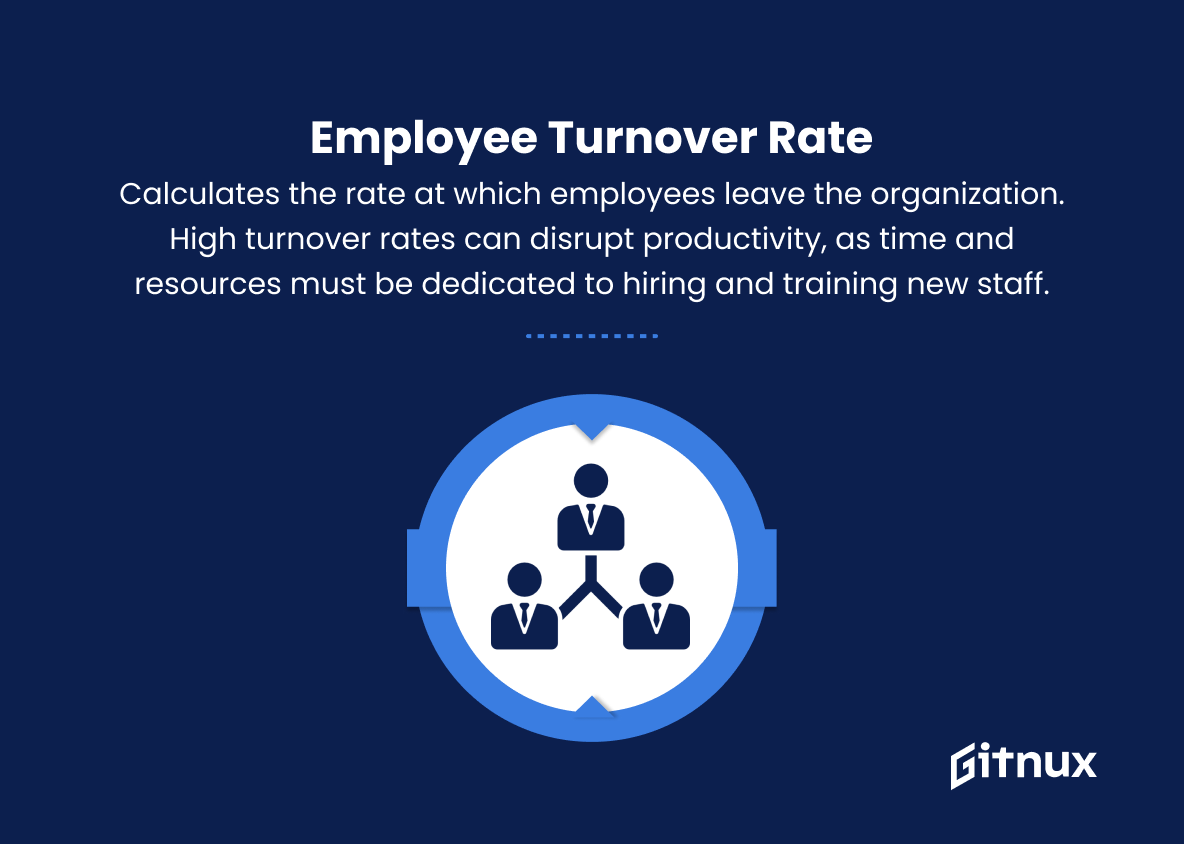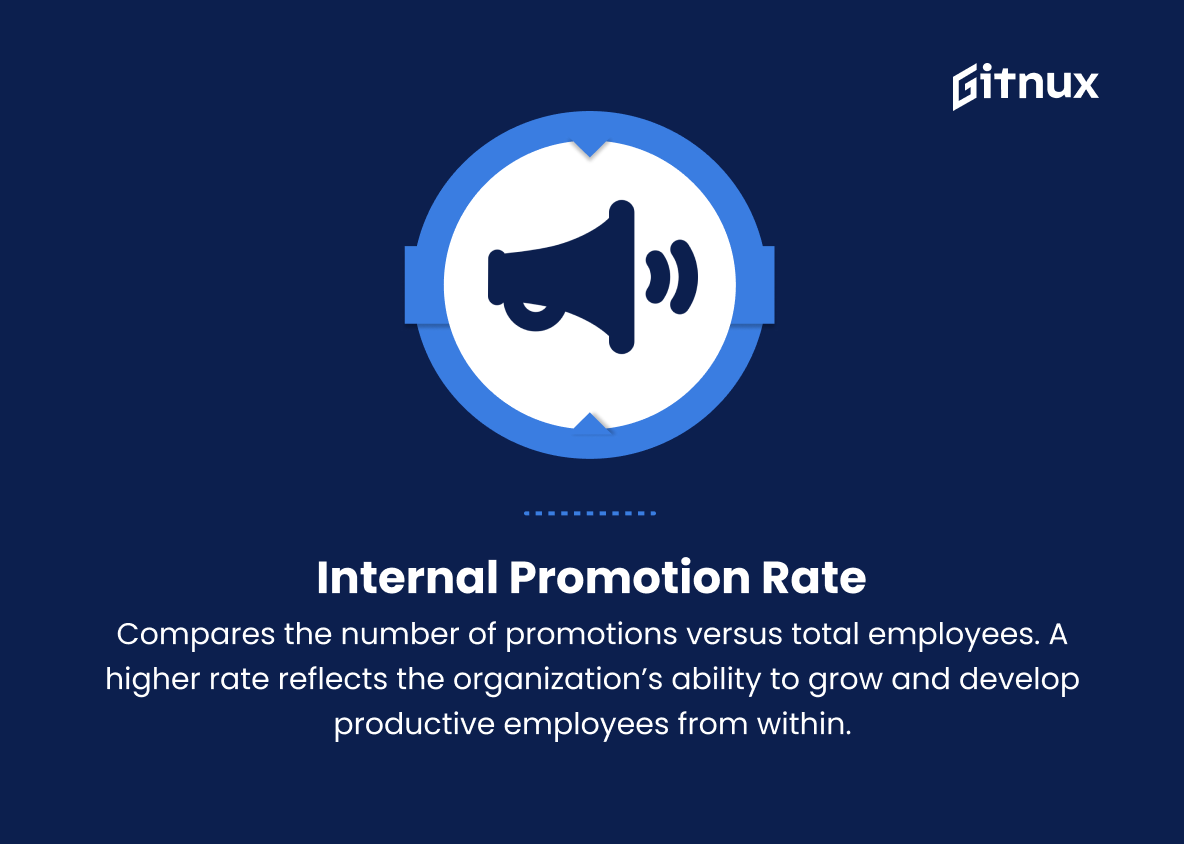In today’s fast-paced business world, employee productivity has become a critical aspect of an organization’s success. As companies continue to push for improved efficiency and higher performance, understanding Employee Productivity Metrics and their impact on overall operations is paramount. This blog post delves into the intricacies of these vital criteria, shedding light on their importance, various calculation methods, and the best practices for deploying them within your organization.
By comprehending and effectively utilizing Employee Productivity Metrics, businesses can make informed decisions, optimize their workforce, and ultimately achieve their objectives. So join us as we explore the fascinating world of productivity measurements and unravel the secrets to unlocking your team’s true potential.
Employee Productivity Metrics You Should Know
1. Task Completion Time
Measures the amount of time an employee takes to complete a specific task or project. This indicates how efficiently an individual is working.
2. Utilization Rate
Measures the percentage of time an employee spends on value-added tasks compared to their total working time. A high utilization rate indicates that employees are spending more time on productive activities.
3. Employee Billable Hours
Evaluates how many hours an employee spends on billable activities, such as client work, compared to their total working hours. This helps to understand how revenue-generating an employee is.
4. Revenue per Employee
Gauges the revenue generated by each employee. Divide the total revenue by total number of employees to get this metric. It’s essential in understanding an employee’s contribution to the organization’s bottom line.
5. Output per Hour
Compares the employee’s output to their total working hours, indicating how productive the employee is in a given time period.
6. Error Rate
Assesses the number of mistakes made by an employee in a given timeframe. Lower error rates imply higher accuracy and potentially higher productivity levels.
7. Available Work Time
Tracks the time an employee spends on actual work activities as opposed to non-work activities (breaks, meetings, etc.). Higher available work time can lead to greater overall productivity.
8. Employee Satisfaction Index
Evaluates employee happiness and engagement using surveys, interviews, and other feedback methods. Happy employees are generally more productive and motivated.
9. Absenteeism Rate
Monitors the number of days employees are absent from work. High absenteeism rates can negatively impact productivity and indicate larger issues with employee engagement or even personal well-being.
10. Employee Turnover Rate
Calculates the rate at which employees leave the organization. High turnover rates can disrupt productivity, as time and resources must be dedicated to hiring and training new staff members.
11. Goal Completion Rate
Assesses the rate at which employees achieve their goals, such as project deadlines or sales quotas. High goal-completion rates are often indicative of productive and skilled employees.
12. Employee Training Effectiveness
Gauges the impact of employee training on productivity improvement. Organizations should ideally see an increase in productivity after implementing training programs.
13. Internal Promotion Rate
Compares the number of promotions versus total employees. A higher rate reflects the organization’s ability to grow and develop productive employees from within.
14. Cross-functional Collaboration
Measures the extent to which employees actively collaborate with colleagues from different functions. Increased collaboration often leads to innovation and higher overall productivity.
Employee Productivity Metrics Explained
Employee productivity metrics are essential for understanding, evaluating, and optimizing the efficiency and effectiveness of a workforce. Metrics such as task completion time, utilization rate, employee billable hours, and revenue per employee provide insights into how well employees are working, their contribution to the organization’s profitability, and their ability to generate revenue. Additionally, output per hour, error rate, available work time, and employee satisfaction index allow organizations to assess the quality of work and overall happiness of their employees.
Factors such as absenteeism rate, employee turnover rate, and goal completion rate help identify issues with engagement and personal well-being, while employee training effectiveness and internal promotion rate demonstrate the impact of development strategies on overall productivity. Lastly, cross-functional collaboration is essential for fostering innovation within an organization, further boosting productivity through creative synergies. By understanding and tracking these key employee productivity metrics, businesses can make informed decisions and implement strategies to optimize their workforce, ultimately promoting a highly efficient and successful organization.
Conclusion
In conclusion, employee productivity metrics play a crucial role in the overall success and growth of an organization. By tracking and analyzing these metrics, businesses can effectively identify areas where improvements can be made, drive better employee engagement, and ultimately increase overall productivity.
By regularly investing in the tools and strategies needed to manage and monitor employee performance, organizations can ensure they are fostering a strong and thriving work environment, where employees feel motivated, challenged, and fulfilled. Ultimately, implementing these measures is no longer just an option; it is a necessity for staying competitive and successful in today’s rapidly changing business landscape.
